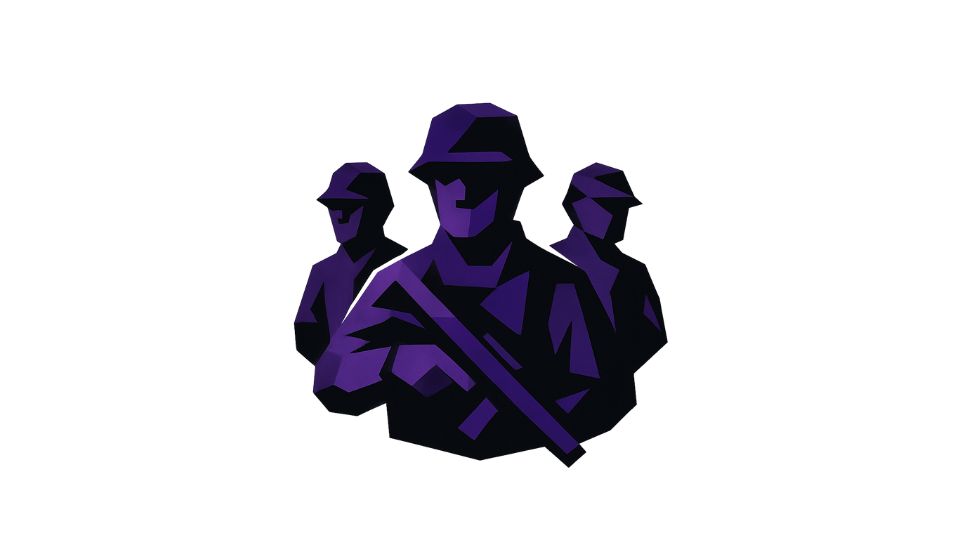The U.S. Air Force is actively preparing for potential conflicts, focusing on the ability of its units to operate independently from remote locations, even if communications are disrupted or supplies are cut off. This initiative is vital for future high-end warfare.
Exercise Mosaic Tiger 26-1, held from November 12-21 across Florida and Georgia, simulated these challenging conditions. Units like the 23rd Wing practiced generating combat sorties and maintaining aircraft autonomously.
This strategy, known as Agile Combat Employment (ACE), aims to ensure airpower operations can continue from dispersed and austere airfields. The goal is to reduce vulnerability to attacks targeting large, central air bases. More on the “lead wing” concept here.
The 23rd Combat Air Base Squadron played a critical role, establishing forward operating sites, defense, logistics, and communications. Airmen are training as “multi-capable airmen” to perform various jobs outside their specialties.
Maintenance crews from the 74th and 75th Fighter Generation Squadrons learned to conserve resources and innovate with limited supplies, even finding ways to reuse parts. This adaptability is crucial for sustained operations.
Pilots are also adapting. For instance, B-2 Spirit bomber pilots are practicing “cold-pit” refueling without maintainers, showcasing enhanced self-sufficiency. This is another key element of the ACE strategy. Read about the stealth bomber test here.
Communication outages lasting beyond 72 hours would prompt units to shift from detailed air tasking orders to broader mission guidance, coordinating directly with nearby units based on their commanders’ last known intent. This ensures continuity in a contested environment.
This emphasis on dispersed operations is not exclusive to the U.S. Air Force; other nations are also refining their strategies for operating from remote outposts.
Japan’s defense chief recently toured frontline bases near Taiwan, underscoring the critical nature of such deployments amidst heightened regional tensions. This strategic move highlights a broader commitment to national security.
Such inspections signal a clear resolve to protect sovereign interests and ensure operational continuity, even in the most challenging and strategically vital environments.

